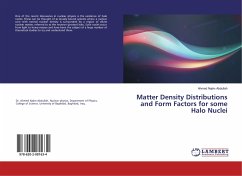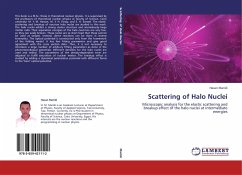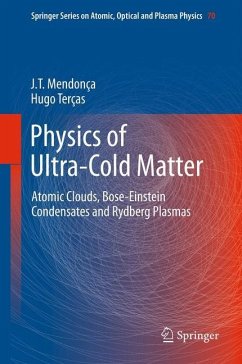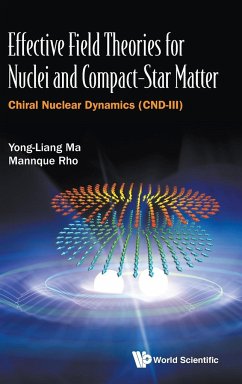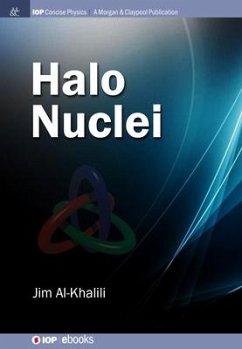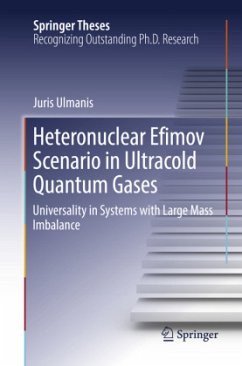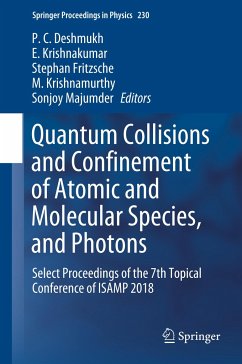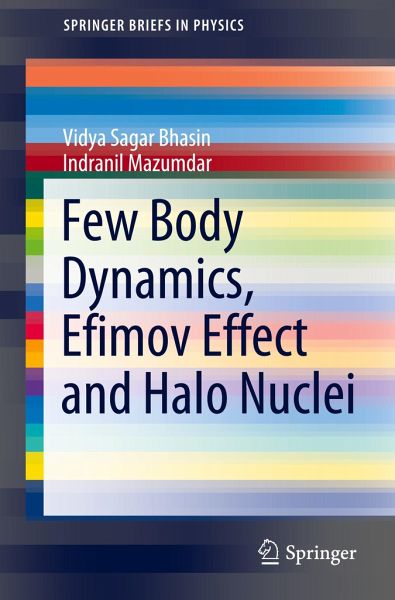
Few Body Dynamics, Efimov Effect and Halo Nuclei

PAYBACK Punkte
0 °P sammeln!
This book presents an overview of the different few-body techniques developed in nuclear physics and their applications to explore the structural properties of neutron-rich unstable nuclei, the so-called halo nuclei. Formal theory of two- and three-body scattering are discussed in a compact and abridged form to initiate the beginners who want to investigate the problems of halo nuclei within the framework of three-body models. Readers gain in-depth knowledge about the methods involved to solve the two- and three-body scattering problem and a special focus is put on the Faddeev approach. In thi...
This book presents an overview of the different few-body techniques developed in nuclear physics and their applications to explore the structural properties of neutron-rich unstable nuclei, the so-called halo nuclei. Formal theory of two- and three-body scattering are discussed in a compact and abridged form to initiate the beginners who want to investigate the problems of halo nuclei within the framework of three-body models. Readers gain in-depth knowledge about the methods involved to solve the two- and three-body scattering problem and a special focus is put on the Faddeev approach. In this sense, the authors address both the graduate students and senior researchers. Subsequently, a detailed analysis of the Efimov effect in three-body systems is presented and the search for the effect in atomic nuclei, both Borromean and non-Borromean is addressed. The book also presents a detailed account of how to analyze, within the framework of a 3-body approach and using realisticshortrange forces, the structural properties of halo nuclei. Finally, the authors discuss the recent progress in effective field theory by setting up the integral equations for 3-body scattering and applying it to study low energy scattering of neutrons off halo nuclear targets.



